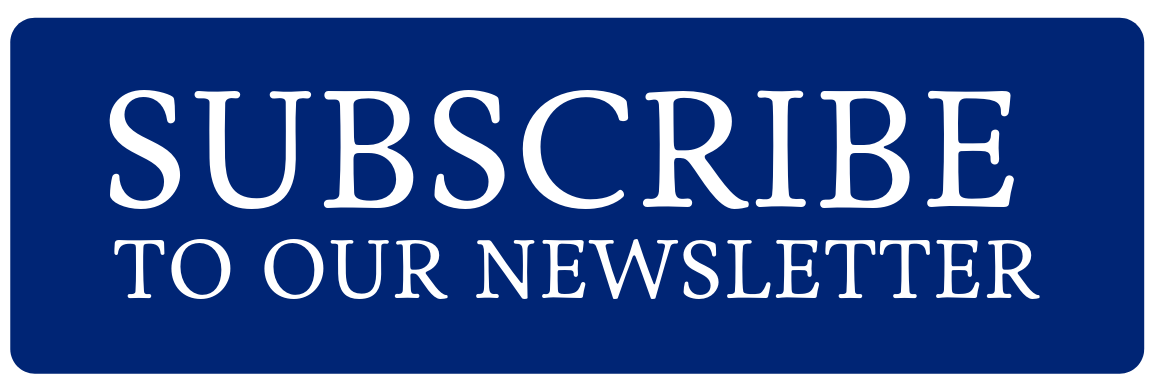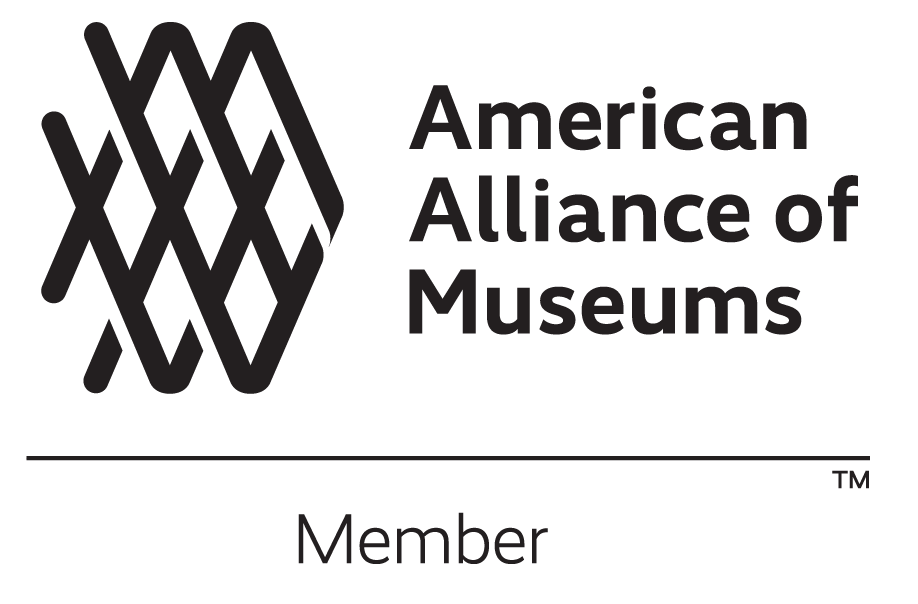Table of Contents
1. Signers of the Constitution
2. Molly Pitcher at the Battle of Monmouth
3. Nathan Hale’s letter to his brother Enoch Hale
4. Benjamin Tallmadge’s Orderly Book
5. Letter from George Washington to Elbridge Thomas Gerry
6. Camp Liquor Chest of Baron von Steuben
Coach Panel
Coach Panel
1789
Oil on Wood
Behold the only known panel from the coach that carried George Washington to his Presidential inauguration on April 30, 1789 at Federal Hall, New York City.
Drawn on the panel is the Great Seal of the United States, which was submitted to the Continental Congress on June 20, 1782 and readily approved. The Seal includes a bald eagle, the national bird. In its beak is a ribbon which reads, "E Pluribus Unum," which translates from Latin to "Out of Many, One." In the eagle's left talon is an olive branch, symbolizing peace. In its right, are thirteen arrows, symbolizing war. The inclusion of these two opposites signifies a balance of strength and diplomacy.
Gift of J. Russell Townsend, Jr.
1941.09.001
Tour
In February of 1789, all 69 electors unanimously chose George Washington to be the first president of the United States. In April, Washington traveled from his home at Mount Vernon, Virginia to Manhattan, the first US capital.
Washington’s inauguration took place on April 30, 1789. The day started with a military salute fired by the artillery at Fort George at sunrise. At 9 AM, church bells throughout the city rang for a half hour. At 12:30 PM, Washington was escorted from the executive mansion at 3 Cherry Street to Federal Hall. The procession included a military contingent of 500 men. This panel was part of the coach that carried Washington to his inauguration. At 1 PM, the procession arrived at Federal Hall. The current Federal Hall is not the same building where Washington’s inauguration was held. The current building was constructed in 1842. Washington was presented to both houses of Congress in the Senate Chamber. At 2 PM, Washington took the oath using a Masonic Bible borrowed from St. John’s Lodge; after taking the oath, Washington returned to the Senate Chamber to deliver his inaugural address. Washington then attended a service at St. Paul’s Chapel.
The coach panel is decorated with the Great Seal of the United States. In 1776, Benjamin Franklin, Thomas Jefferson, and John Adams were tasked with designing a seal for the new nation. The design for the seal was not approved until 1782. Over 6 years, 3 different committees submitted designs that were not approved. Charles Thomson, the Secretary of Congress, was asked to look at all the submitted designs. He chose what he saw as the best elements of each design and made small changes of his own.
What do the symbols on the seal represent?
Eagle: William Barton, a member of the third committee, proposed using the image of an imperial eagle, which is native to Europe; Thomson replaced this with a bald eagle, a bird that is native to America.The bald eagle became the national symbol of the United States in 1782, chosen for its strength, majesty, and the fact that it is native to America.
Olive branch and 13 arrows: representing peace and war, the presence of both symbolizes the balance needed between strength and diplomacy.
Shield: represents the states- the stripes, also called the ‘pales’- supporting the federal government- the top band of the shield, also called the ‘chief.’ The shield rests on the eagle’s chest, unsupported by anything else, to represent that the United States should be self-reliant.
13 Stripes: representing the 13 original states
White- purity and innocence
Red- hardiness and valor
Blue- vigilance, perseverance, and justice
13 Stars: the ‘constellation,’ as Thomson called it, represents that a new nation is taking its place in the world, just as the stars have their place in the sky.
Motto: “E Pluribus Unum,” which means “Out of many, one.” This was proposed by the first committee of Franklin, Jefferson, and Adams. It represents that the 13 colonies joined together to form one united country.
Our last object is incredibly unique. It is one of the few textile objects we have in our collection. While there are many artifacts here at the Museum related to George Washington, we are next going to be looking at something that belonged to America’s first First Lady, Martha Washington.




